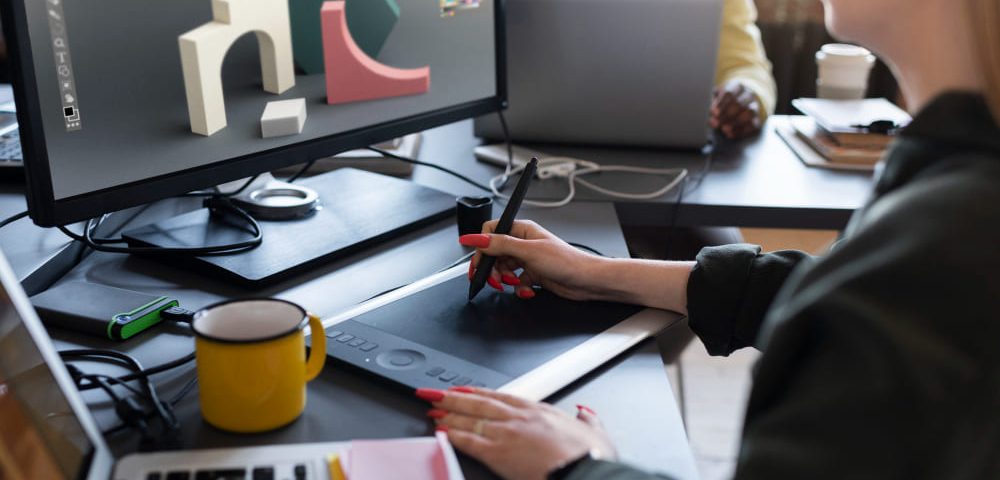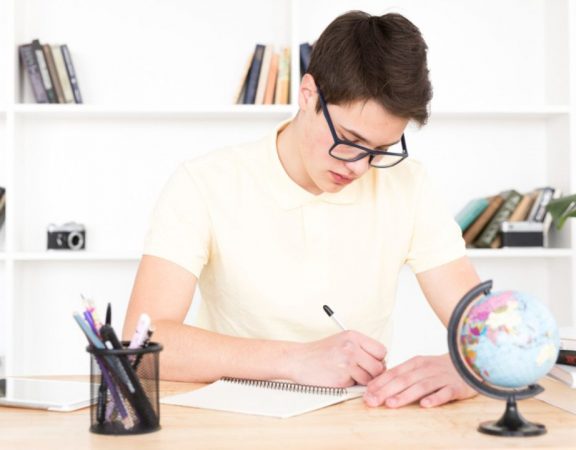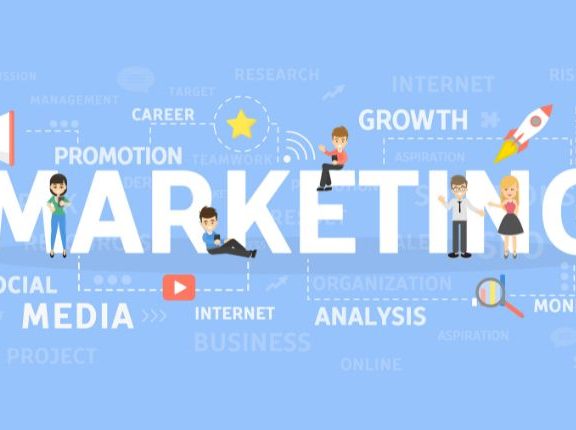Introduction
To remain ahead of the curve in the ever-evolving field of graphic design, one must continuously investigate and adopt cutting-edge trends. In order to produce influential and cutting-edge designs, designers must adapt and push limits as technology and visual sensibilities develop. We’ll explore some of the most innovative and fascinating themes influencing graphic design in the future in this blog. We will examine how these trends—from the emergence of minimalist design to developments in augmented reality are transforming the field and paving the way for the direction of design in the future.
Augmented Reality: Blending Realities
With its recent explosive growth, augmented reality (AR) is currently having a big influence on the graphic design industry. In order to change how people engage with their designs, designers are embracing augmented reality. AR creates a more engaging experience for users by fusing the real and virtual worlds together in a seamless manner. This trend bridges the gap between fantasy and reality by opening up unlimited design options, from designing 3D virtual items to adding AR features to print media.
Minimalist Design: Less is More
In an increasingly cluttered digital landscape, minimalist design has emerged as a powerful trend that focuses on simplicity and essential elements. With clean lines, ample whitespace, and a restrained color palette, minimalist design allows for clear communication and delivers a visually striking impact. By stripping away unnecessary elements, designers can create engaging and memorable designs that resonate with their audience. This trend is characterized by a strong emphasis on typography and carefully considered layouts, resulting in designs that are elegant, timeless, and effortlessly convey the intended message.
Motion Graphics: Bringing Designs to Life
Motion graphics have revolutionized the way designers convey information and tell stories. With advancements in technology and software, designers can now infuse their static designs with motion, creating visually captivating experiences. By incorporating movement and dynamic transitions, designers can breathe life into their designs, capturing attention and leaving a lasting impact on viewers. From animated logos to interactive web designs, motion graphics add depth and dimension to graphic design, making it more engaging and captivating.
Sustainable Design: Designing for a Better Future
As the world becomes increasingly environmentally conscious, the demand for sustainable design solutions is on the rise. Designers are embracing eco-friendly practices and materials, ensuring that their designs are not only aesthetically pleasing but also have a positive social and environmental impact. Sustainable design focuses on reducing waste, minimizing carbon footprint, and promoting responsible consumption. From using recycled materials to designing with longevity in mind, this trend poses a promising future where design and sustainability seamlessly coexist.
Typography: Pushing Boundaries
Typography has always played a significant role in graphic design, but now more than ever, designers are pushing the boundaries and experimenting with innovative typographic treatments. Whether it’s using unconventional fonts, exploring custom lettering, or incorporating bold and expressive typography, designers are using typefaces as a powerful visual tool to convey emotions, enhance narratives, and establish brand identities. Typography is evolving as an art form itself, giving designers the freedom to explore and create typography that becomes an integral part of the design’s overall impact.
With the rise of digital platforms and social media, typography has become even more important in capturing the attention of audiences and conveying messages effectively. Designers are constantly seeking new ways to stand out in a crowded digital landscape, and typography offers a unique opportunity to make a statement. By combining different typefaces, colors, sizes, and layouts, designers can create dynamic and engaging designs that not only look visually appealing but also communicate the intended message clearly. Typography has the power to evoke emotions, spark curiosity, and drive action, making it a crucial element in modern graphic design practices.
As technology and design continue to evolve, graphic designers find themselves at the forefront of these innovative trends. Augmented reality, minimalist design, motion graphics, sustainable design, and typography are just a few of the trends that are shaping the future of graphic design. By embracing these trends and pushing boundaries, designers can create visually stunning and impactful designs that capture attention, evoke emotion, and leave a lasting impression. As we navigate the ever-changing landscape of design, it is essential to stay curious, experiment, and adapt to ensure we design a future that is both aesthetically pleasing and socially responsible
This means staying up-to-date with the latest technologies, understanding the needs and preferences of our audience, and continuously honing our skills. By constantly pushing ourselves to think outside the box and challenge conventional norms, we can create designs that not only look beautiful but also serve a greater purpose. It is through this dedication to innovation and creativity that we can truly shape the future of graphic design in a meaningful and impactful way.





